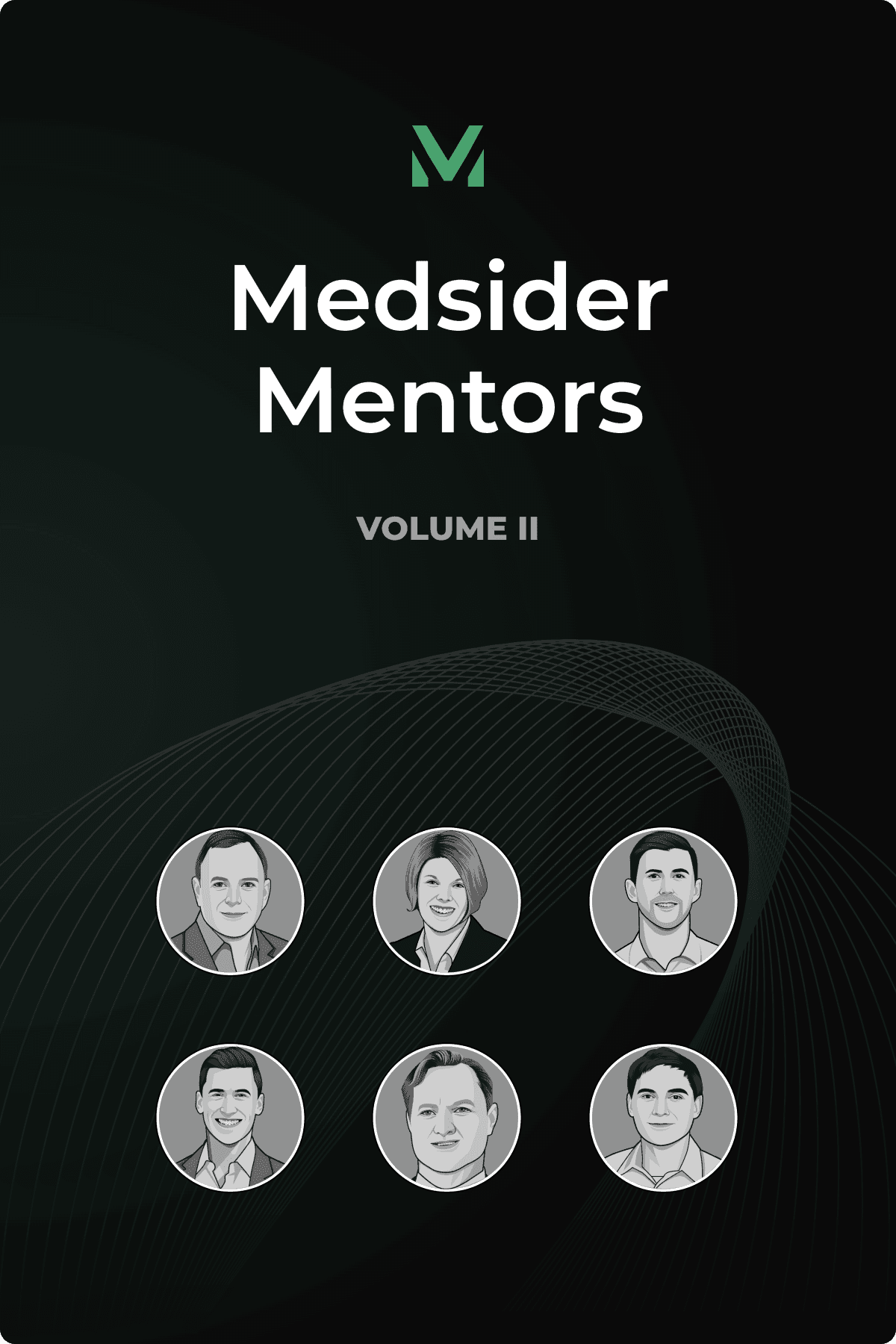Why Design Thinking is Crucial for Medical Device Innovation
Interview with Madorra CEO Holly Rockweiler

Holly Rockweiler thinks of herself as an activist in a lab coat. It’s an identity that she fell into, but one that she owns with pride.
Holly spent the first part of her career as a research scientist for Boston Scientific, focusing primarily on cardiovascular health. Craving a closer relationship with the patients she served, Holly enrolled in Stanford University’s Biodesign program: an incubator for the medtech industry.
There, Holly fully immersed herself in the world of women’s health. The program challenges participants to spend time identifying and understanding problems before looking for solutions.
Holly noticed one unmet need that continued to surface. Breast cancer survivors weren’t able to take advantage of the hormone-based treatment options for vaginal atrophy.
The initial response to Holly’s focus area shocked her. Many pointed out that she’d found a small niche. “I don’t know how [helping] 43 million women is a niche, but [that’s] interesting,” she says.
This oversight highlighted a significant problem — one which has become Holly’s career calling. Despite accounting for half of the global population, there is a considerable lack of innovation in the field of women’s health.
Holly and her business partner Ryan Krone developed a non-hormonal medical device, Madorra, to treat vaginal atrophy in postmenopausal women and breast cancer survivors. The invention received breakthrough device designation from the FDA in 2021.
In this episode of Medsider, Holly discusses how to use design thinking to further medtech innovation, the pros and cons of seed funding versus grants, and why listening to patients is essential for anyone in the medtech space.
You May Like These Articles
Medsider Premium
Become a premium member and unlock access to exclusive Medsider benefits.



